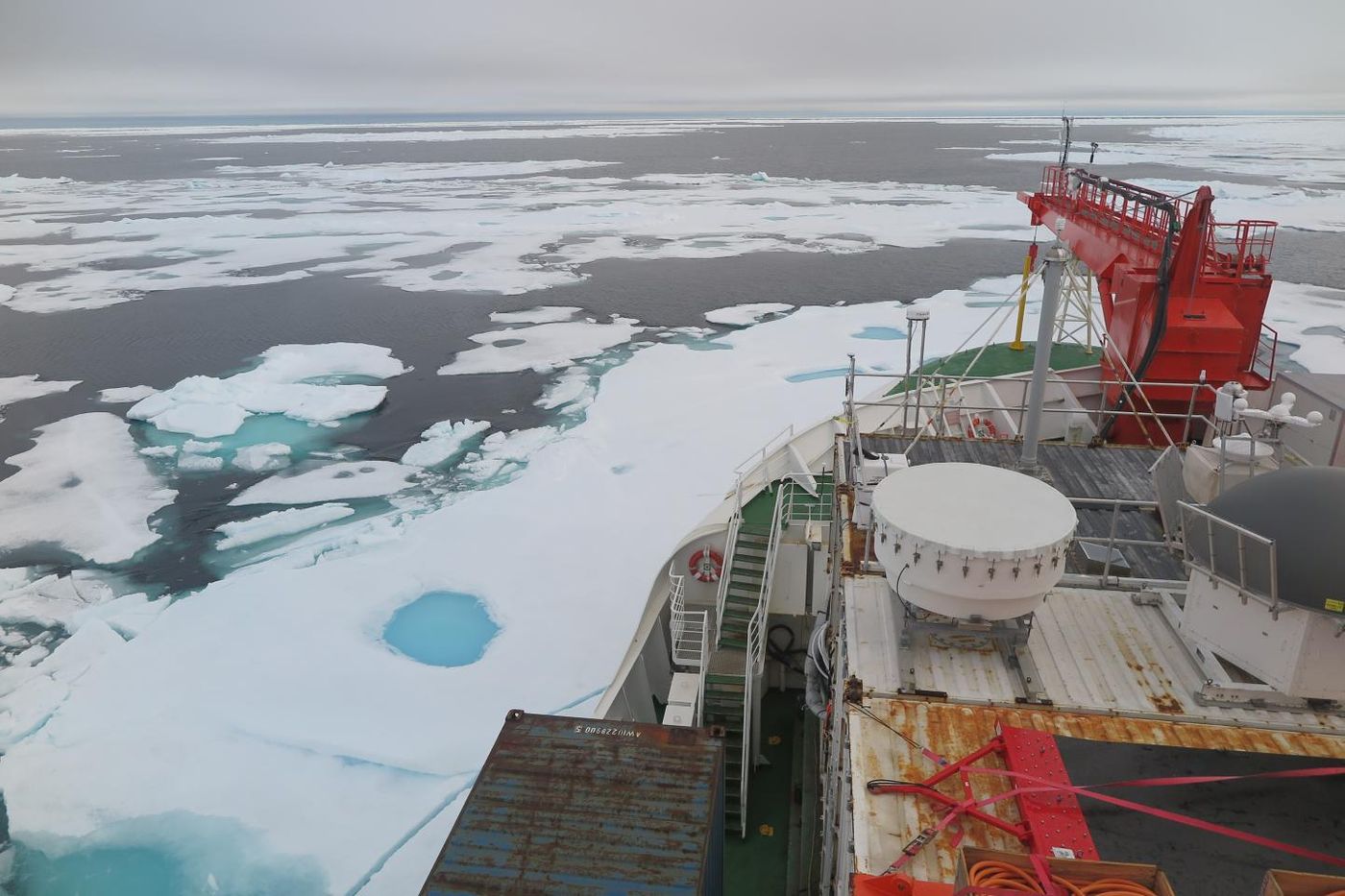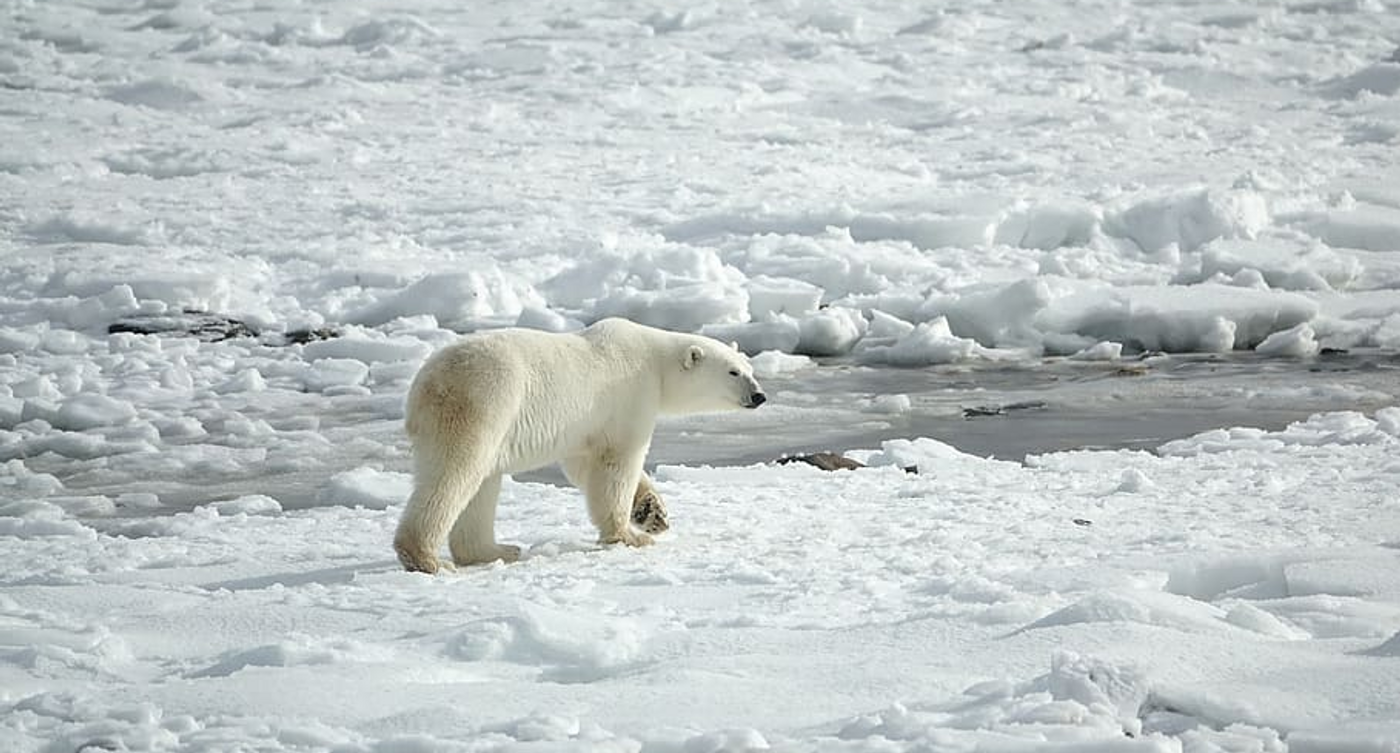Last Bastion of Arctic's Summer Ice is Vulnerable
When it comes to climate change, the Arctic is changing faster than any other place on Earth. One reason may be because deeper water is getting warmer, but water near the top still gets cold, so heat flows upward. The ice that forms there during winter is thinner than it used to be, it forms later in the year and melts earlier, and sometimes does not cover as large an area as it has in recent decades. Now scientists have found that the ice there may be even more vulnerable than we knew.
The Last Ice Area is the region north of Greenland and around the Canadian Arctic archipelago, which some have suggested would be a place of last refuge for species that depend on this ice for survival. But researchers have surveyed called the Wandel Sea and found that ice there is already in decline. The findings have been reported in a new study in Communications Earth & Environment. This place was once covered in ice year round.
"Current thinking is that this area may be the last refuge for ice-dependent species. So if, as our study shows, it may be more vulnerable to climate change than people have been assuming, that's important," said lead study author Axel Schweiger, a polar scientist at the University of Washington (UW) Applied Physics Laboratory.
A variety of animals depend on arctic ice; polar bears use ice to hunt, and seals need it for their dens.
"This area has long been expected to be the primary refuge for ice-dependent species because it is one of the last places where we expect summer sea ice to survive in the Arctic," said study co-author Kristin Laidre, a principal scientist at the UW Applied Physics Laboratory.
"Sea ice circulates through the Arctic, it has a particular pattern, and it naturally ends up piling up against Greenland and the northern Canadian coast. In climate models, when you spin them forward over the coming century, that area has the tendency to have ice survive in the summer the longest."
In this study, the researchers analyzed satellite data and used models to investigate trends in sea ice in the Wandel Sea. Ice there has been gradually thinning, though some years have bucked that trend; there was a record low level of sea ice last summer after a slightly thicker than average spring. The study suggested that 80 percent of the loss of sea ice was because of the weather, such as winds that can break ice up, while 20 percent was due to thinning because of global warming. The multiyear decline is influenced by a larger amount of sunlight that reaches the ocean, warming it. If ice was there, the light would be reflected back. Unusual winds can also push sea ice out of the area, and move warm water towards ice, melting it.
"During the winter and spring of 2020 you had patches of older, thicker ice ... but there was enough thinner, newer ice that melted to expose open ocean," Schweiger said. "That began a cycle of absorbing heat energy to melt more ice, in spite of the fact that there was some thick ice. So in years where you replenish the ice cover in this region with older and thicker ice, that doesn't seem to help as much as you might expect."
This research does not necessarily apply to other parts of the Arctic, noted the researchers. There are also still many unknowns.
"We know very little about marine mammals in the Last Ice Area," said Laidre. "We have almost no historical or present-day data, and the reality is that there are a lot more questions than answers about the future of these populations."
Sources: AAAS/Eurekalert! via University of Washington, Communications Earth & Environment










